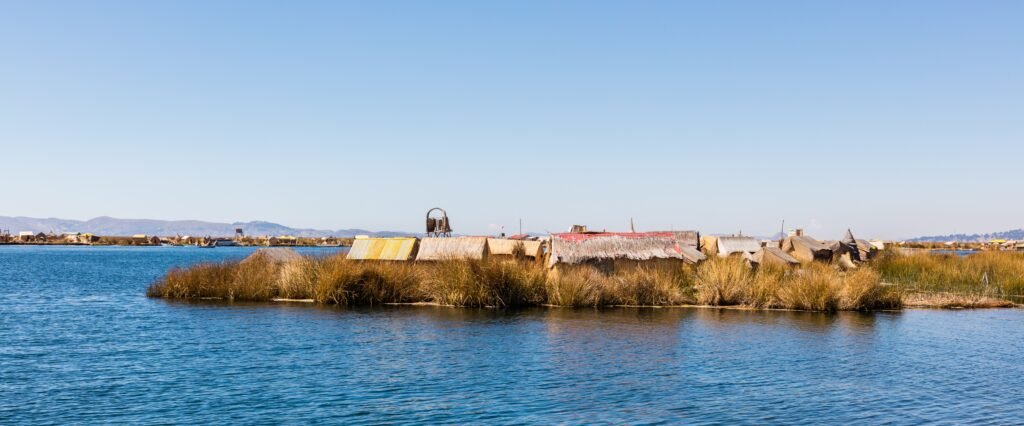In the vast expanse of the universe, the quest for understanding life beyond Earth has always captured human imagination. As we celebrate the International Day of Human Space Flight, it’s fascinating to delve into how seemingly unrelated Earth organisms like coral, tardigrades, and fungi are unraveling the mysteries of space life. Who would have thought that these humble beings could hold the secrets to surviving in the harshest environments of space? Their surprising resilience offers not only insights into extraterrestrial life but also the potential for future human survival in space. Let’s embark on this captivating exploration of how these organisms are shaping our understanding of life beyond our blue planet.
The Resilient Wonders: Coral Reefs
Coral reefs, often dubbed the “rainforests of the sea,” are more than just vibrant underwater ecosystems. Their ability to adapt and thrive in changing environments makes them key players in space research. Scientists are fascinated by the symbiotic relationship between coral and algae, which allows them to flourish even in nutrient-poor waters. This relationship could provide clues about how life might sustain itself in extraterrestrial environments. Moreover, corals’ calcium carbonate skeletons could inspire new materials for building structures on other planets. The resilience of these marine organisms in the face of climate change on Earth also raises questions about their potential to survive in the extreme conditions of space.
Tardigrades: The Indestructible Microscopic Titans
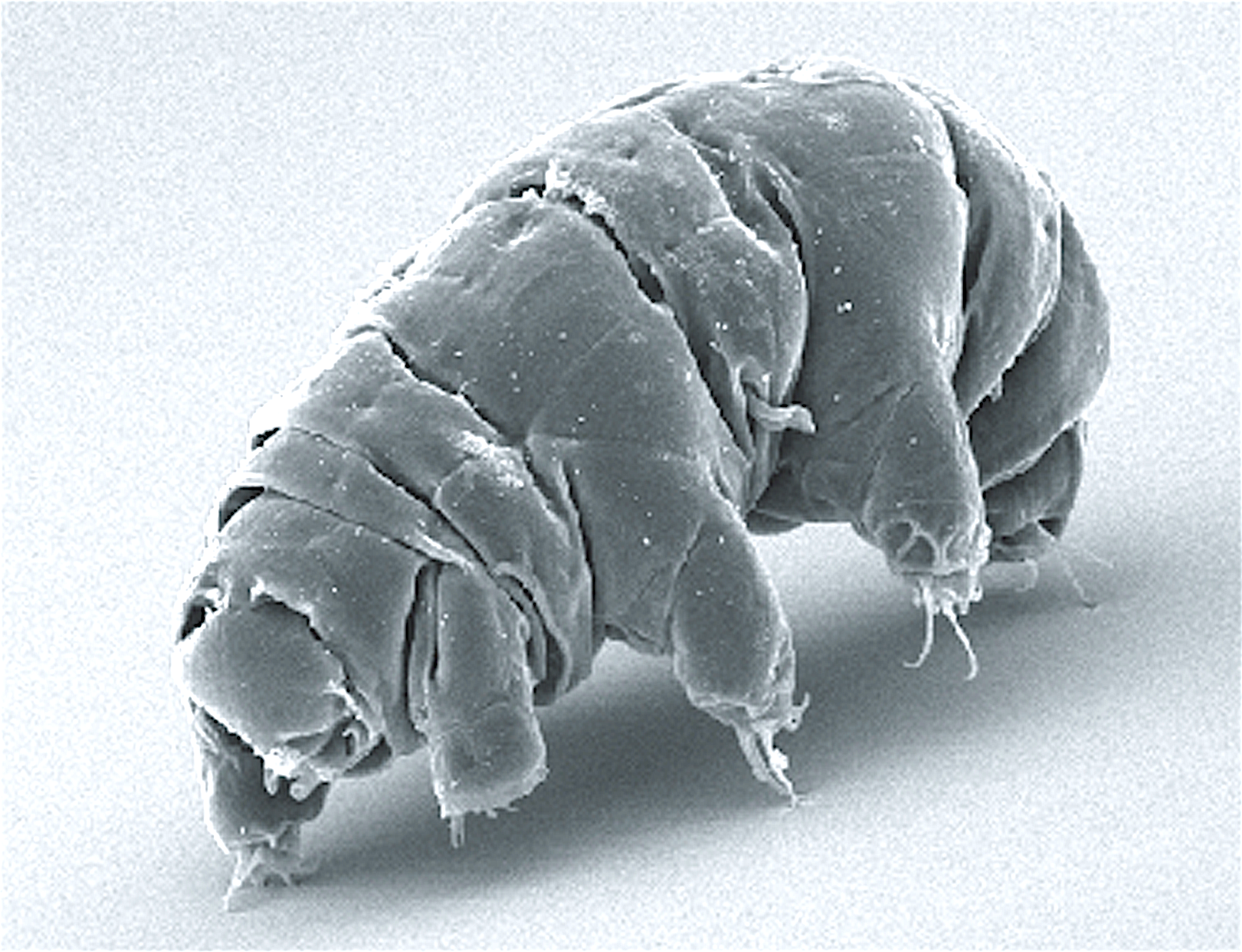
Tardigrades, affectionately known as “water bears,” are microscopic creatures with an extraordinary ability to withstand conditions that would be fatal to most life forms. They can survive extreme temperatures, radiation, and even the vacuum of space. Their unique ability to enter a cryptobiotic state, effectively pausing their biological processes, has intrigued scientists. By studying tardigrades, researchers hope to unlock the secrets of human hibernation for long-duration space travel. Imagine astronauts journeying to distant planets, their bodies in a state of suspended animation, thanks to the lessons learned from these tiny titans.
The Fungal Frontier: Mycorrhizal Marvels
Fungi, particularly mycorrhizal fungi, play a crucial role in Earth’s ecosystems by forming symbiotic relationships with plant roots. This partnership enhances nutrient uptake, allowing plants to thrive in challenging environments. In space, fungi could be pivotal in developing sustainable agricultural systems on other planets. Their ability to break down organic matter and recycle nutrients could help create self-sustaining ecosystems in space habitats. Moreover, certain fungi have shown resilience to radiation, which could be harnessed to protect astronauts from harmful space radiation. The fungal frontier offers a promising avenue for ensuring food security and safety in extraterrestrial colonies.
Coral’s Clues to Climate Adaptation
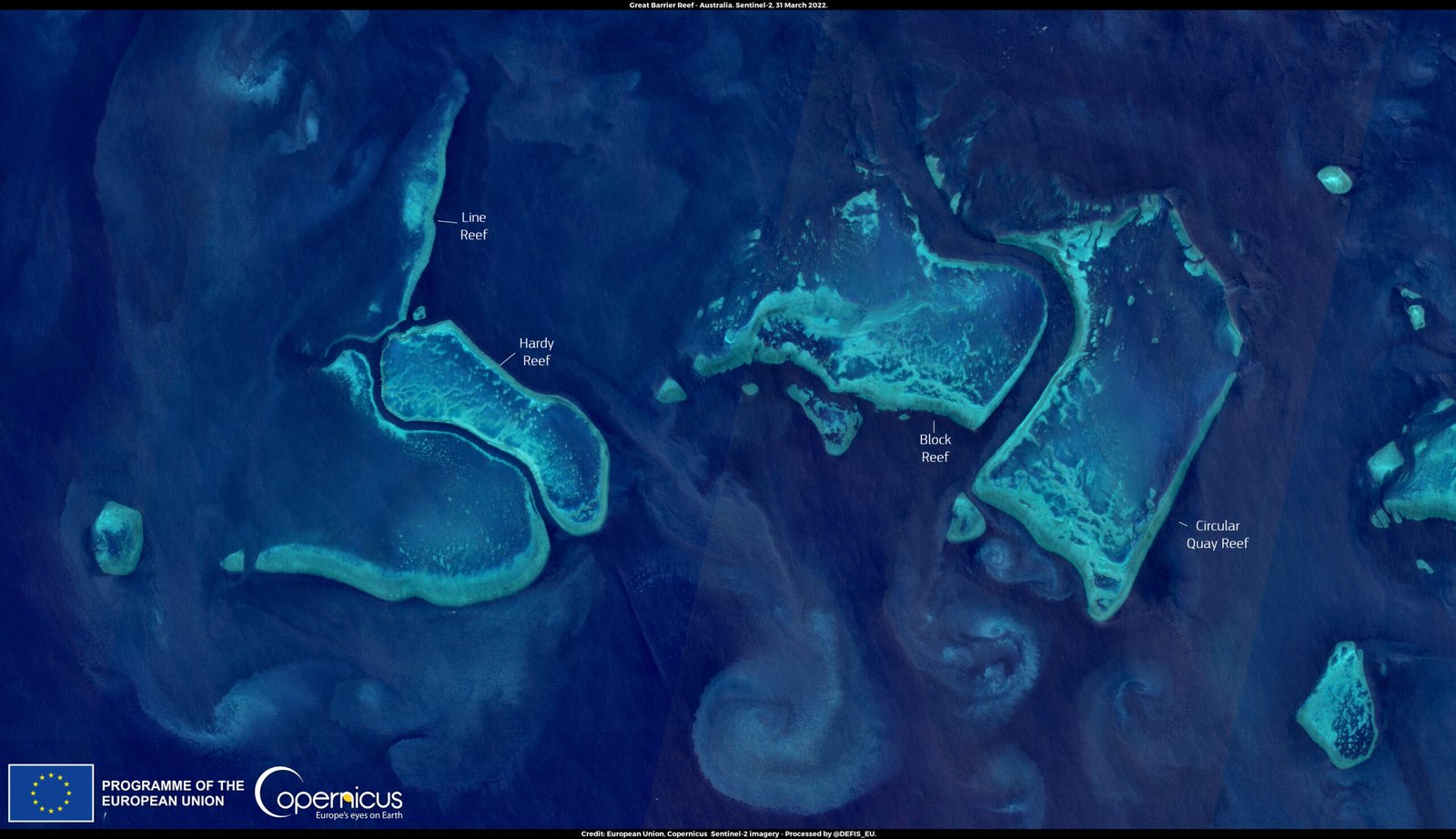
Coral reefs are on the frontline of climate change, and their response to rising temperatures offers insights into adaptation mechanisms. Some corals have shown the ability to withstand bleaching events, suggesting genetic or epigenetic factors at play. Understanding these mechanisms might inform strategies for developing crops or organisms that can thrive in the challenging conditions of space. The study of coral’s adaptability could also guide efforts to engineer resilient life forms capable of colonizing other planets. As we continue to explore space, coral’s lessons in resilience and adaptation become increasingly relevant.
Tardigrades and the Art of Survival
The tardigrade’s ability to survive desiccation and rehydrate without damage is a biological marvel. This capability is particularly intriguing for space travel, where water scarcity is a significant challenge. Researchers are investigating the proteins and genes responsible for this resilience, hoping to apply these findings to human biology. Imagine a future where humans can endure extended periods without water, thanks to the lessons learned from tardigrades. The art of survival perfected by these microscopic creatures could revolutionize our approach to living in space.
Fungi: Nature’s Engineers and Protectors
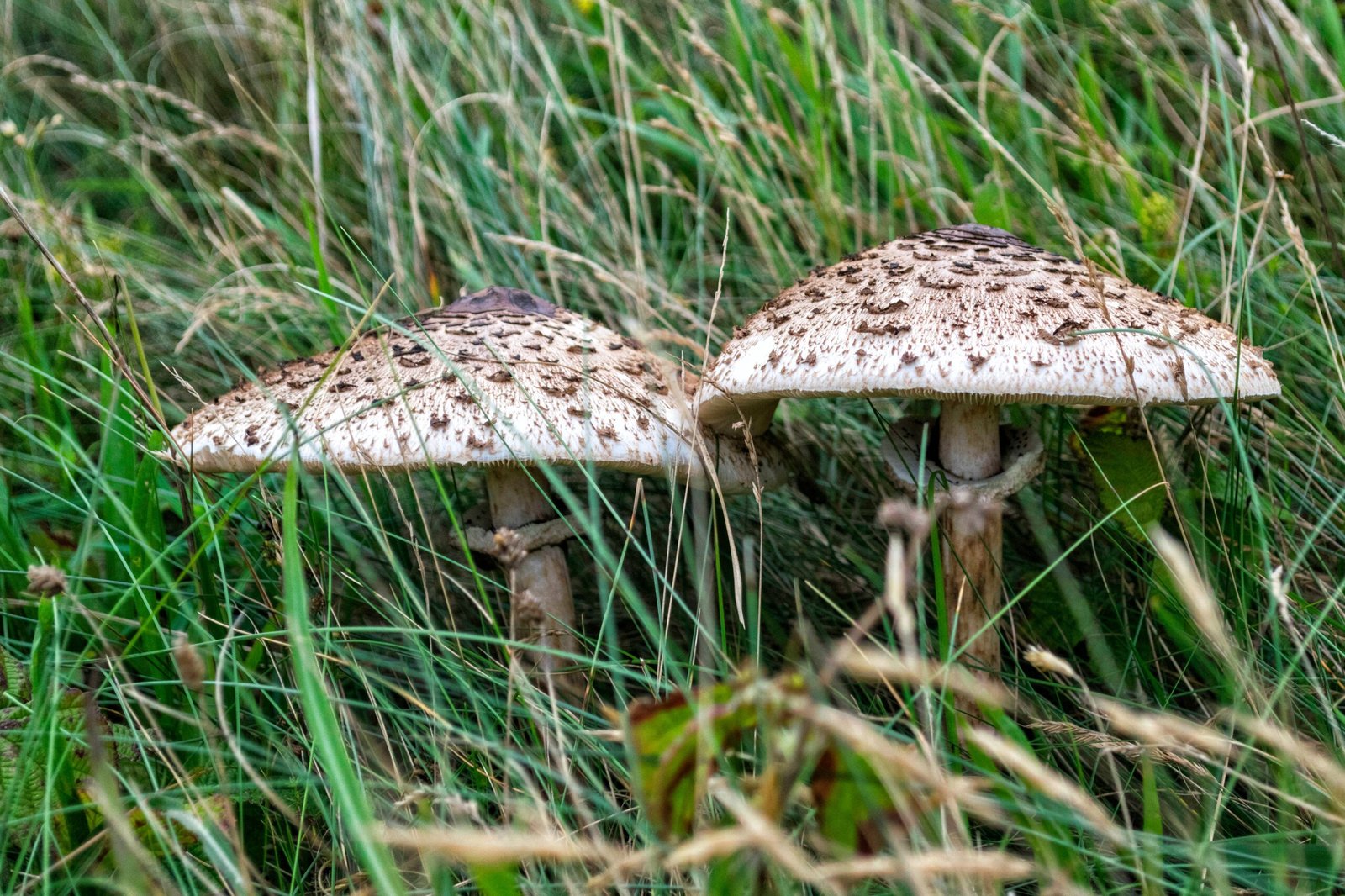
Fungi’s role as decomposers and nutrient recyclers is well-established on Earth, but their potential in space is only beginning to be explored. Certain fungi have demonstrated the ability to produce compounds that protect against radiation, a significant threat to space travelers. By harnessing these protective properties, scientists aim to develop new materials or treatments to shield astronauts from cosmic radiation. Furthermore, fungi’s ability to decompose organic waste could be essential for waste management in closed-loop space habitats. As we venture further into the cosmos, fungi may prove to be indispensable allies in our quest for survival.
Coral’s Secret Weapon: Symbiosis
The symbiotic relationship between coral and algae is a remarkable example of mutualism in nature. The algae provide the coral with nutrients through photosynthesis, while the coral offers a protective environment. This partnership allows corals to thrive in nutrient-poor waters, a trait that could be invaluable in space environments. Scientists are studying this symbiosis to understand how life might sustain itself on other planets. Could similar partnerships exist elsewhere in the universe? The study of coral symbiosis might unlock the secrets to sustaining life in the most inhospitable places.
Tardigrades: Masters of Extreme Conditions

Tardigrades’ ability to survive in extreme conditions has made them the subject of intense scientific study. Their resilience to radiation and extreme temperatures is particularly relevant for space exploration. By understanding the molecular mechanisms behind these abilities, researchers hope to develop strategies for protecting astronauts from the harsh conditions of space. The lessons learned from tardigrades could lead to breakthroughs in biotechnology, paving the way for safer and more sustainable space travel. As we push the boundaries of human exploration, tardigrades continue to inspire and inform our journey.
Fungi’s Role in Space Agriculture
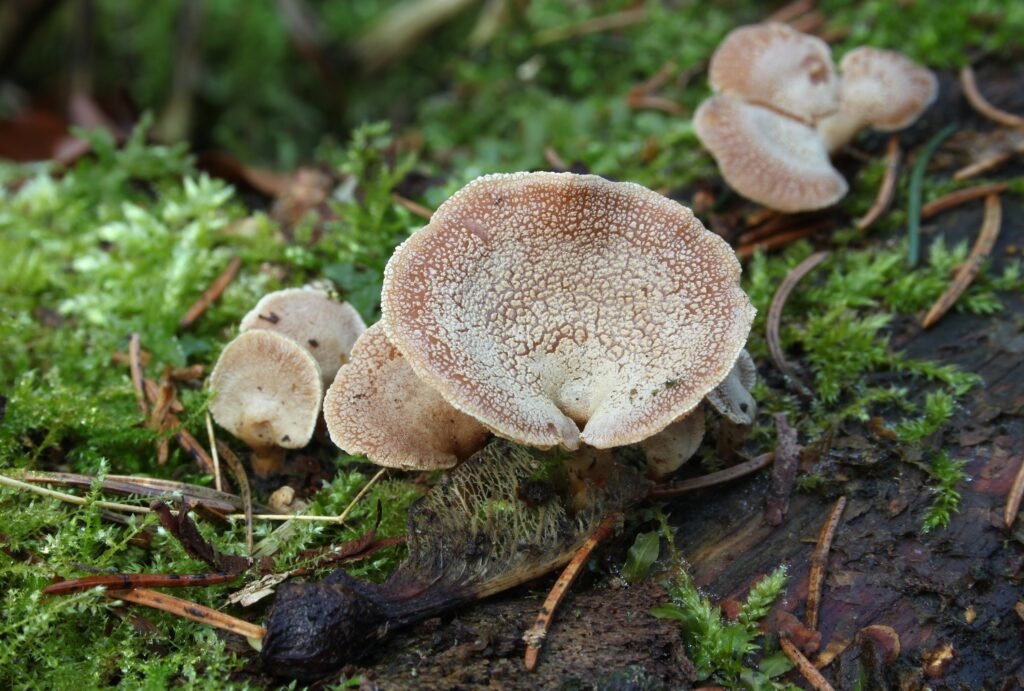
As humanity looks to establish colonies on other planets, sustainable agriculture becomes a critical concern. Fungi, with their ability to enhance plant growth and recycle nutrients, could play a vital role in space farming. By forming symbiotic relationships with plants, fungi can help create self-sustaining ecosystems that provide food and oxygen for future space settlers. The study of fungi’s role in agriculture on Earth offers valuable insights into developing efficient and resilient farming systems in space. As we strive to feed future generations on other planets, fungi may hold the key to successful space agriculture.
The Future of Space Life: Lessons from Earth

The study of coral, tardigrades, and fungi offers a glimpse into the potential for life beyond Earth. These organisms’ remarkable resilience and adaptability provide valuable insights into how life might survive and thrive in the harsh conditions of space. As we celebrate the International Day of Human Space Flight, we are reminded of the interconnectedness of life on Earth and the possibilities that await us in the cosmos. The lessons learned from these humble organisms inspire us to continue exploring the universe with curiosity and wonder. What other secrets does nature hold, waiting to be discovered in the vastness of space?


